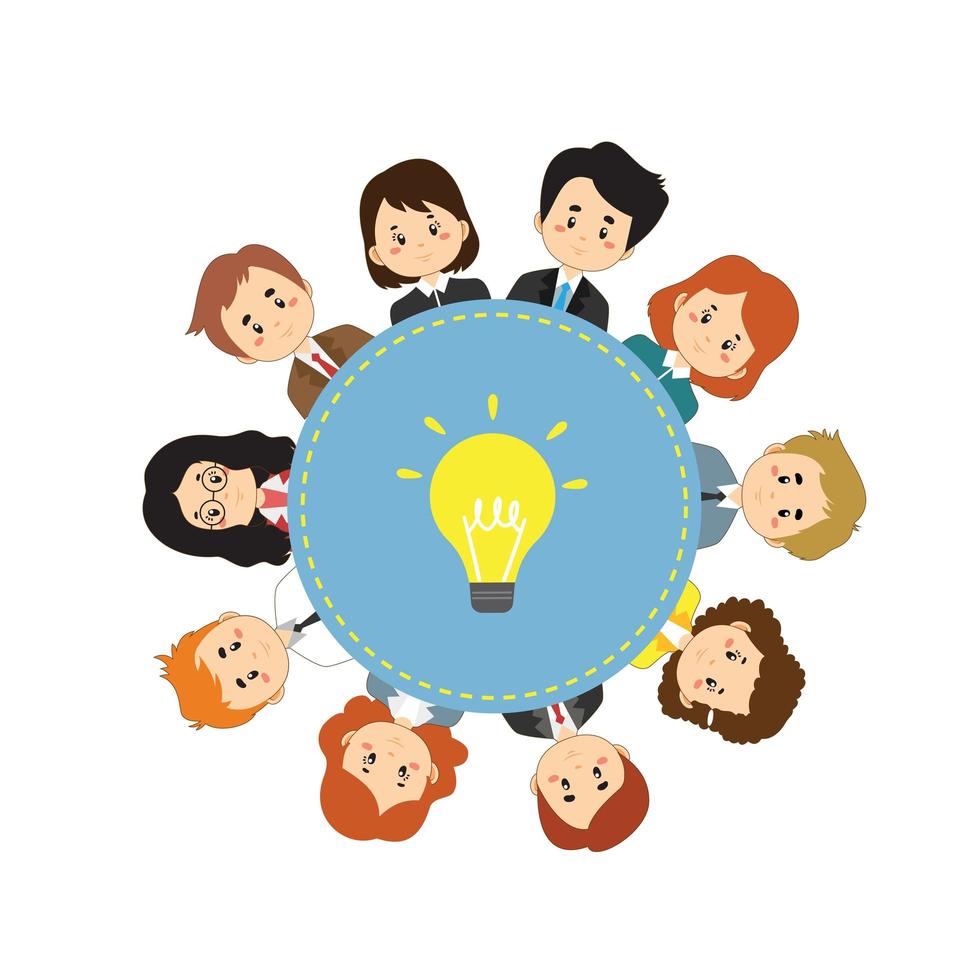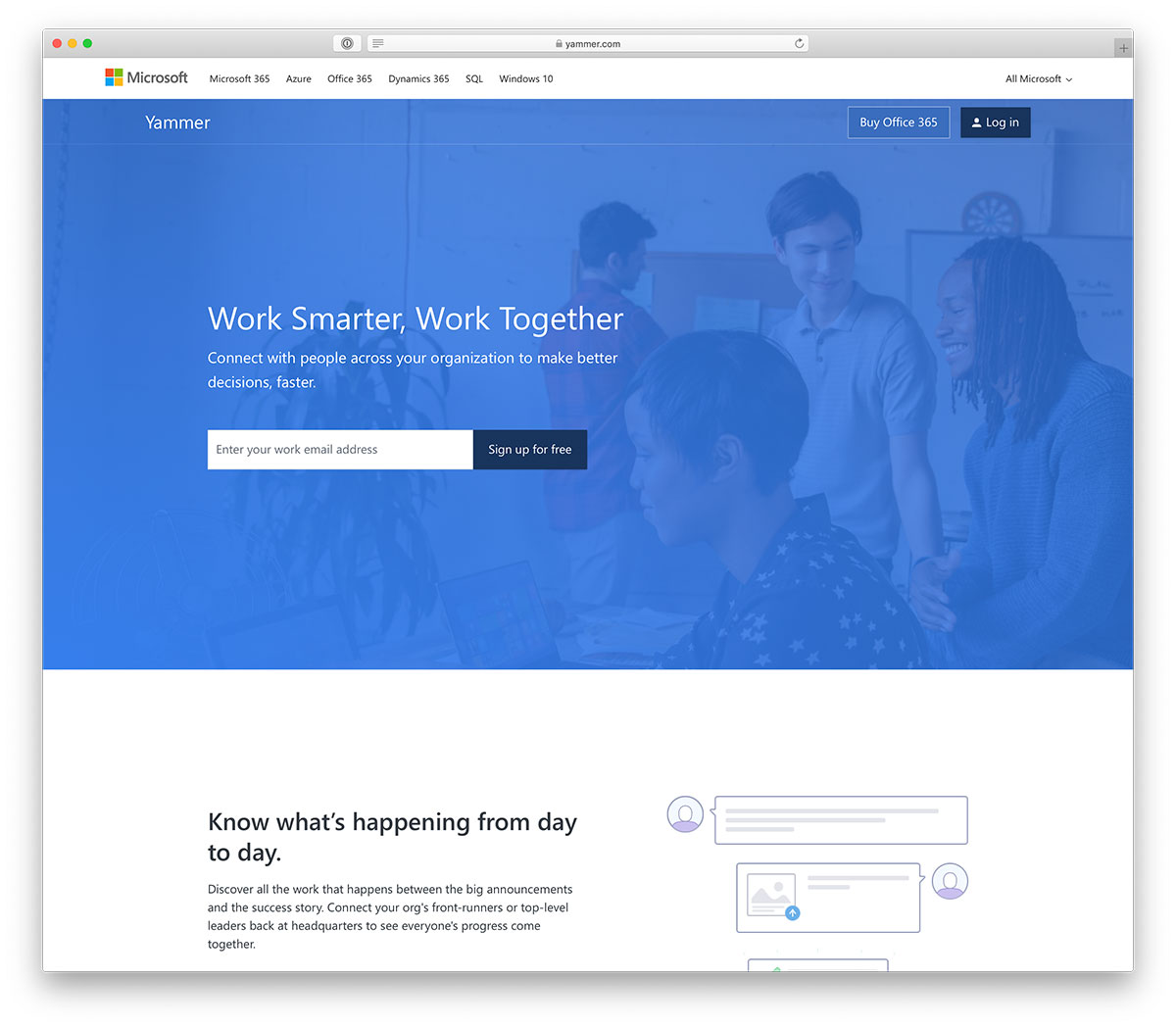Table Of Content

This unified approach helps to instill a sense of democracy within your creative process and tells your team that their voices matter. You can give feedback on design mock-ups and assign them to certain team members, while maintaining a shared goal around the project. Collaboration within different teams is arguably the most challenging part of any design process.
Figma

Additionally, you have to trust your designers and allow them the freedom to work in their own way—as long as the quality remains uncompromised and deadlines aren’t missed. The emphasis here is on the word ‘right’ because having poor quality tools isn’t going to help improve your collaboration workflow. It wasn’t that long ago that our tools reflected the individual and siloed approach to design. Even the term “design handoff” embodies this approach, implying the designer’s work is all but finished. Once you get comfortable with internal reviews, you’ll crave the feedback that comes from them.
Use markup tools to provide feedback.
The design for each magazine cover usually requires a great deal of artistry combined with the commercial aspect of the magazine. That’s why this project gathers professionals from different fields who make sure all the goals are met in a single page. And to make sure you build a beautiful and successful website, you’ll need expertise from multiple teams to come together and work their magic. It’s important to have in mind that the web redesign project is not just about changing the colors and fonts and making your website pretty. Collaborative design helps maintain quality control by enabling peer reviews and constructive criticism.
Volker Haug Toasts a Collaboration With Flack Studio at Milan Design Week – SURFACE - Surface Magazine
Volker Haug Toasts a Collaboration With Flack Studio at Milan Design Week – SURFACE.
Posted: Mon, 22 Apr 2024 20:15:00 GMT [source]
ways to optimize the collaborative design process
It’s critical that this feedback is as clear as possible to avoid confusion and keep the project moving forward steadily. Now that the design team has the creative brief, they’ll need to work through it. They should confirm that this is a viable project and put together any doubts and questions that they have.
Collaboration featuresCollaboration is hard. We make it easier.
The more people working on a project, the more complex the project, and the longer that project takes to complete; the more likely it is that your original design intent can break down. We developed static UX design prototypes and tested them internally before conducting user testing with our target audience. As a result, I was able to streamline the interface design for the nonprofit’s data visualization tool early and make the functionality more user-friendly. This, then made our user testing with audiences better and more valuable.
The monumental staircase is surrounded by collaborative and huddle spaces creating a central social zone that’s light and airy. This workstation area features flexible work tables that invite different forms of collaboration. The lower table on the left is for viewing large or multiple documents, while the bar-height table on the right offers a different posture and can accommodate smaller teams. Inspired by the heavenly words of the millworker poem, Budd’s design features fresh food, lots of natural sunlight, and spaces such as a wellness chapel, mother’s room and phone room.
Ways to Improve Your Design Collaboration Workflow
When applied in a collaborative design context, design thinking encourages teams to work together to gather user insights, generate ideas, and rapidly prototype and iterate on designs. By combining design thinking and collaborative design, teams can leverage collective creativity and diverse perspectives to create more innovative and user-centered solutions. Making the design process more efficient is essential for any business, and that's where design collaboration tools come in. This article is about how you can improve design collaboration with colleagues, partners, and clients.
Budd’s vision for NEXT is ensuring people take care of themselves, in order to be the best version of themselves. Finally, we deliver (and celebrate!), as the culmination of our surprise-free approach to your project—and your vision becomes reality. We design with our lively, team-oriented and detail-driven Fingerprint process, moving your project from a dream to a plan. Based on this diversity, Design Collaboration allows teams to choose how they work with other teams. Sometimes teams need to be constantly in sync, while at other times teams need to control the exchange of information they share with other teams. Design Collaboration is a BIM 360 module that dramatically improves multi-firm project teams’ ability to meet the demands of a modern construction project.
But it’s important to understand that reviews make you a much stronger designer. Going back to the translation analogy, regular feedback helps you identify where your translation missed its mark. But there’s a reason some of the biggest names in tech and design emphasize collaboration.
After finalizing an abstract idea, teams work together to create the intended product, with every step varying from one team to another and from one product to another. You can think of design collaboration as a multi-step process to conceptualize a design idea. A unified team with free-flowing information and a sense of ownership over every aspect of a product’s development inherently produces better work. And management better understands how to guide everyone toward a common business goal. When you share design responsibilities with the entire product team, you’re never left wanting a new way of seeing things.
You should try to nourish that feeling over the course of the design collaboration process. It can keep your team members happy and inspired, giving them the energy that they need to produce the best work possible. Design collaboration projects are very complex and your team members will need to pull out all the stops to make sure that they collaborate effectively. They’ll need to use the right tools and communication techniques, for instance, but they simply can’t afford to neglect terminology. Two heads are better than one, and that’s also often the truth when it comes to design. If your team is working on a particularly large design project, it might help to engage different profiles from across the business.



No comments:
Post a Comment